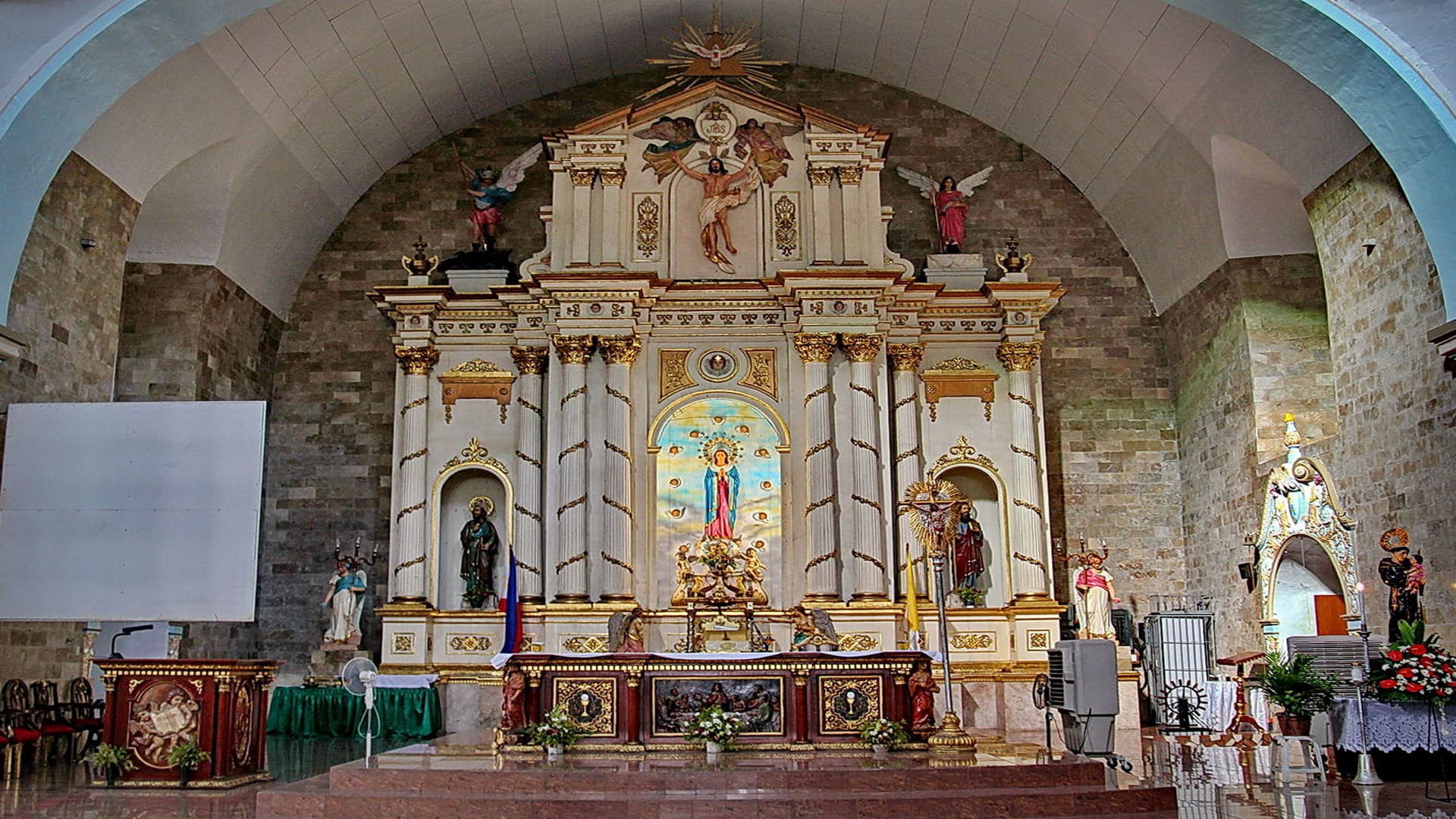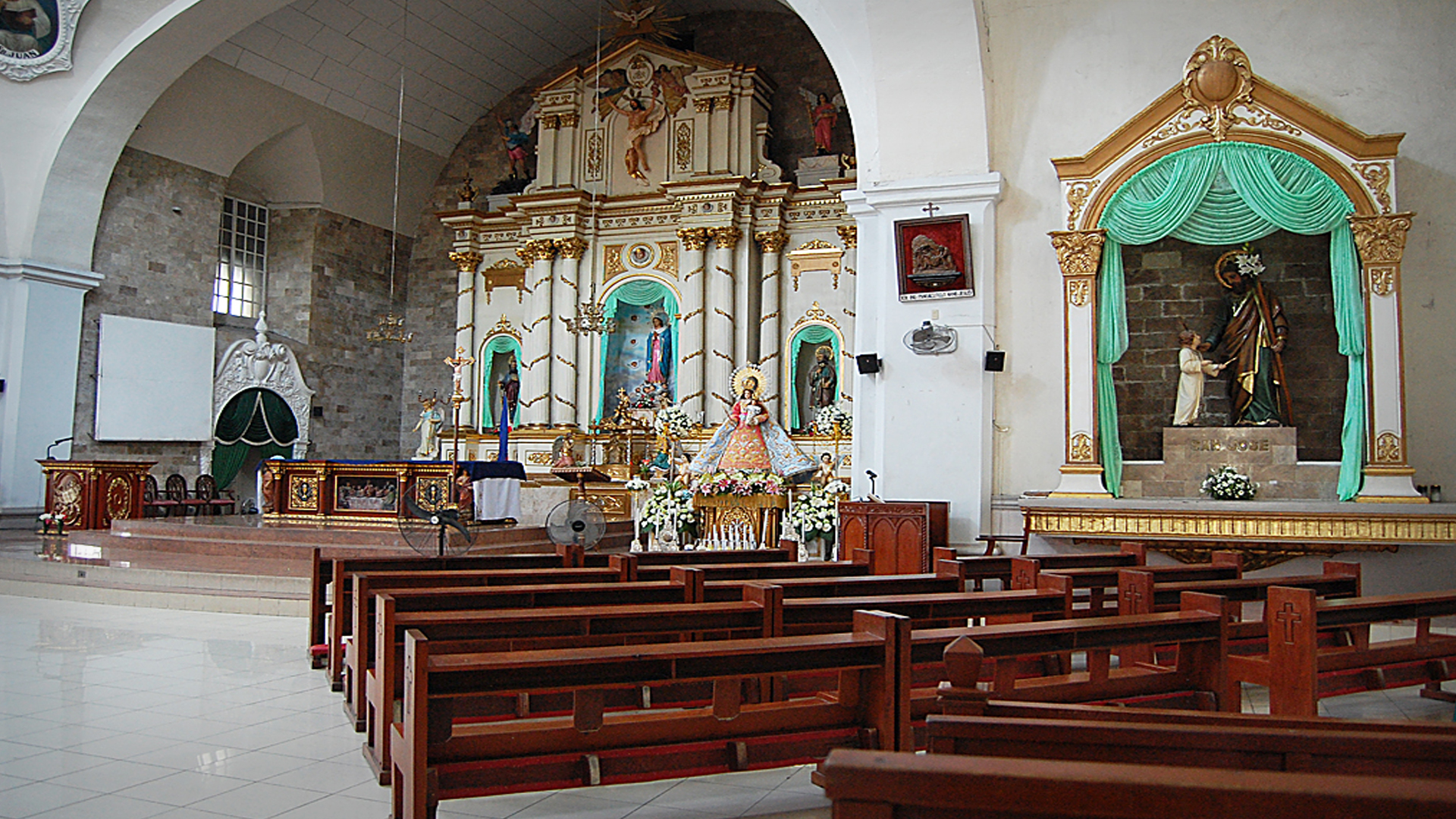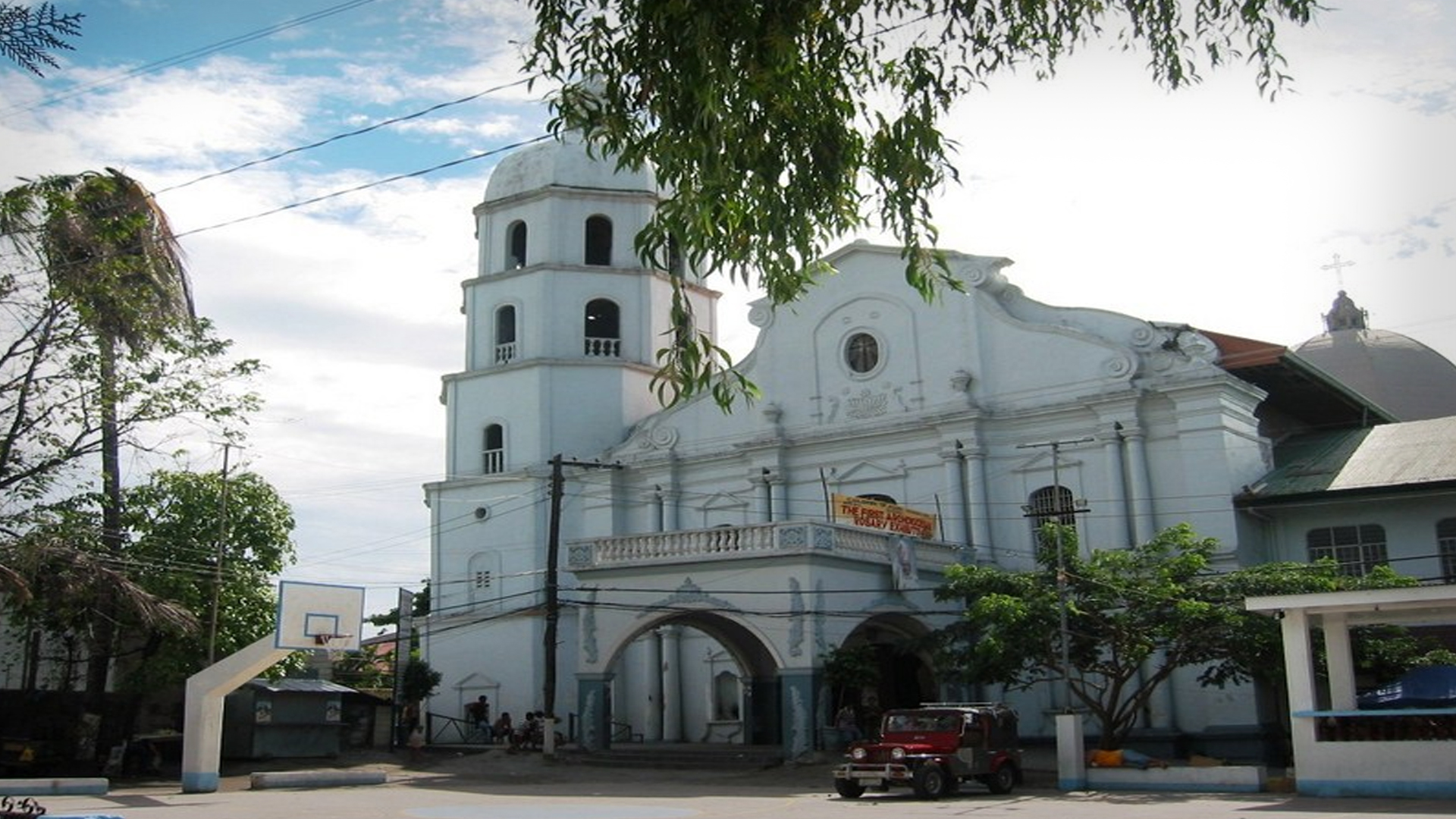THE HISTORY OF GUAGUA, PAMPANGA
Discover the rich history and culture of this vibrant town.
History
Guagua, a town in the Philippines, has a rich history that dates back
to prehistoric times. Originally named "Wawa," the town's name was
changed to "Guagua" by Spanish friars in 1590. The town's early
inhabitants included primitive nomads and later migrants from Java,
Indonesia. The arrival of the Spanish Augustinian Friars in 1574
marked the beginning of Catholic missions in Guagua.
During the British invasion in 1762, Guagua played a significant role,
with the Chinese residents siding with the British against the
Spaniards. This led to a failed Chinese rebellion, resulting in a
general massacre of Chinese throughout the country. Guagua's Chinese
community later integrated with the local population, contributing to
the town's economic growth.
Guagua became an important center for trade and commerce with the
introduction of modern transportation, including steamboats and a
railroad. The town also played a role in the Katipunan uprising
against Spanish rule in 1895.
The American occupation brought changes to education, with the
establishment of schools like Guagua Elementary School and the
introduction of a new system. The town saw a cultural renaissance in
the early years of the American period, earning the title "Balaya'ning
Arte" or Town of Arts.
During World War II, Guagua became a battleground between
Filipino-American forces and the Japanese. The town suffered
destruction, but its residents showed resilience and generosity
towards captive soldiers.
In the modern era, Guagua remains a first-class municipality, known
for its economic advancements, educational institutions, and cultural
contributions. Despite facing challenges, the town has received
recognition for good governance and excellence in sports, particularly
in girls' softball.




